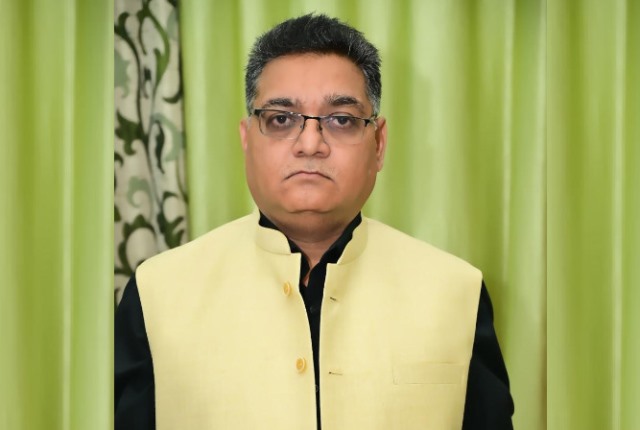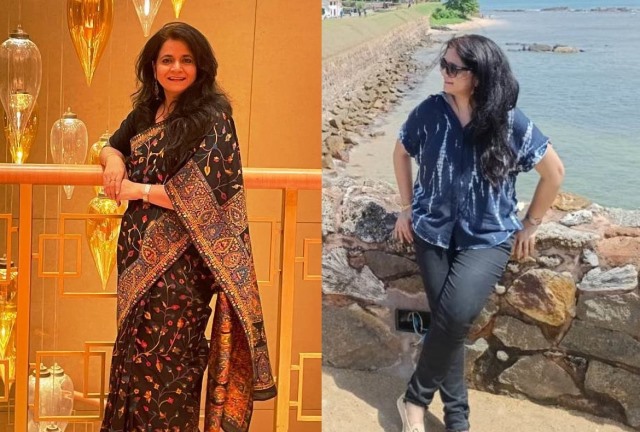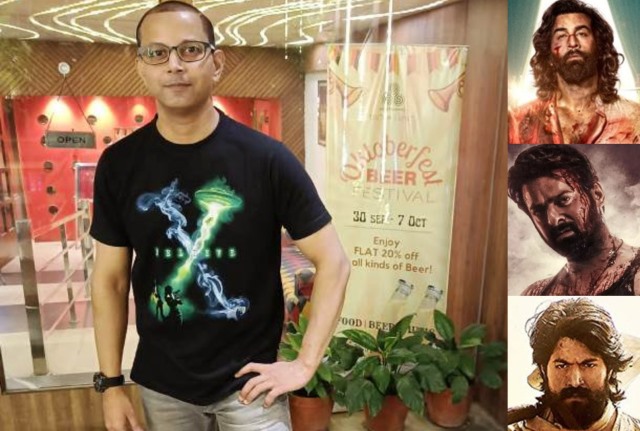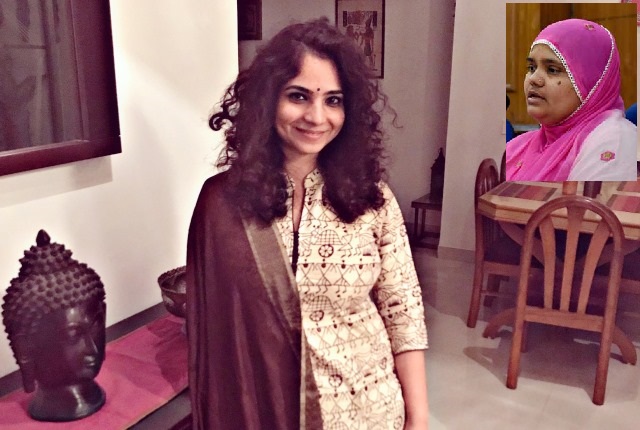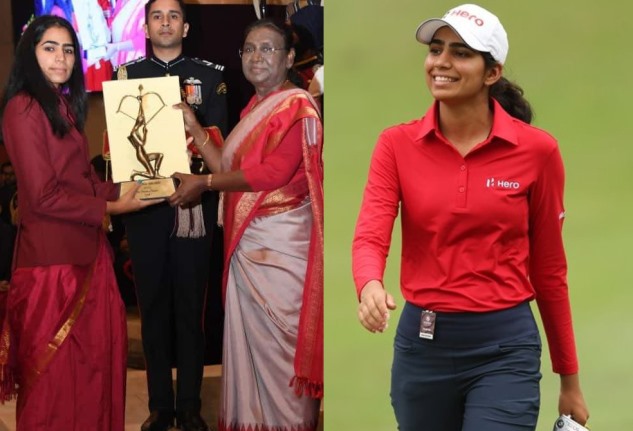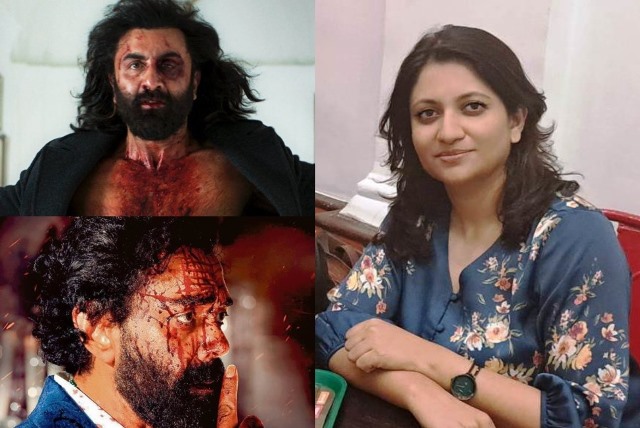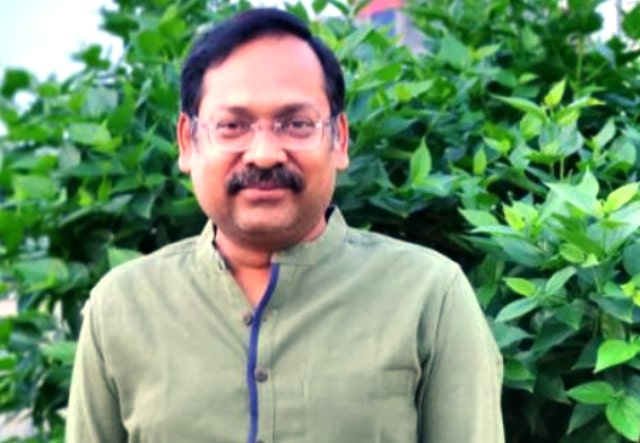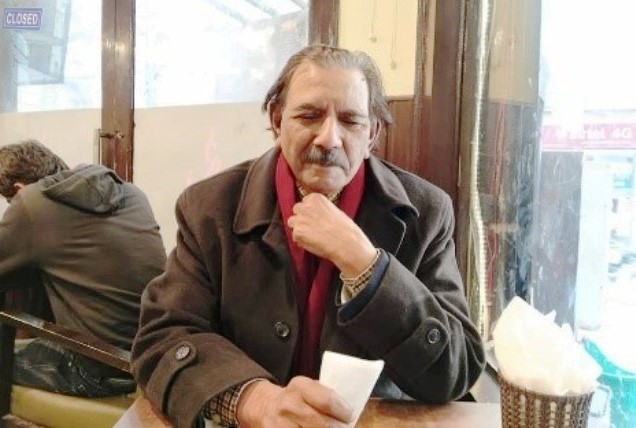Dr Navneet Kaur recounts the journey of her two loving pets, Bella and Mickey, from the streets in Punjab to her home in Canada. In her own words:
As I sit here in the comfort of my Canadian home, I can’t help but reflect on the incredible journey of two resilient souls, Mickey and Bella, who have traveled across continents from the bustling streets of Amritsar in Punjab to Canada. Their story is a testament to the unwavering commitment of those who care for the voiceless, and the global community that rallies for the welfare of animals.
It all began on the streets of Amritsar, where the Animal Welfare and Care Services Foundation (AWCS), the NGO I founded, took upon the responsibility of rescuing and rehabilitating the countless stray animals that roamed the city. Last year, the call came for two special beings – Mickey and Bella. These Indian breed pariah dogs were destined for a life of struggle, but fate had a different plan for them.
Bella, a tiny soul, was discovered alone, whimpering in the cold by our shelter manager, Deepak Kumar. She wasn’t just battling the harsh weather; she was also fighting the deadly parvovirus, a cruel adversary for any creature. When she arrived at our shelter, Bella’s condition was dire, her spirit hanging by a thread. But where there is love and compassion, there is hope.
Deepak took Bella under his wing, nurturing her back to health with unwavering dedication. Bella’s journey was marked by resilience, from overcoming parvo to battling anemia. As Bella’s strength returned, it became clear that her place was not within the shelter walls but in the warmth of a forever home.

Mickey’s tale was no less poignant. Born to a dying mother who found solace in our shelter after being tragically run over by a car, Mickey was a survivor from the start. Despite losing her siblings, Mickey clung to life with tenacity. Weak and afflicted with distemper, her early days were spent in the protective embrace of our shelter. She grew up experiencing the routine of shelter life, and though distemper threatened to dim her spirit, Mickey fought back. Diagnosed in the early stages, she emerged victorious, a testament to her strength and the care she received.
ALSO READ: ‘A Progressive Society Enjoys Life With Pets’
In the face of these challenges, the idea of finding permanent homes for Bella and Mickey took root. They had conquered adversity, and now it was time for them to embark on a new chapter. As the founder of AWCS and someone with a deep-rooted love for animals, I reached out to my network, including Karen, who played a crucial role in picking up the dogs.
Living in Canada, I reached out to my network, seeking kindred spirits who shared the same passion for animal welfare. Belinda Morrison, the compassionate force behind CB Rescue Foundation in Calgary, Canada, answered the call. CB Rescue, a non-profit and entirely volunteer-run dog rescue unit, opened its arms to Mickey and Bella, offering them the promise of a forever home.

On January 11, their journey across oceans and continents began. Flown to Canada, these two brave souls stepped onto a new terrain, embracing the crisp Canadian air and the snow-covered landscapes. Under the care of Belinda Morrison and her team, Mickey and Bella started their training with Christina, their dedicated trainer, adapting to their new surroundings with curiosity and enthusiasm.

“We are super excited to have Mickey and Bella here with us. Currently, they are undergoing training with our dog trainer, Christina. They are really enjoying the snow in Canada,” Belinda Morrison shared, capturing the essence of their newfound joy and freedom.
As I receive updates from afar, I am filled with gratitude for the collaboration that transcended borders and the hearts that opened to these resilient beings. Mickey and Bella’s odyssey from the streets of Amritsar to the warmth of Canadian homes epitomizes the collective effort to create a world where every animal, regardless of origin, finds love, care, and a place to call home.
As told to Deepti Sharma
For more details visit us: https://lokmarg.com/

